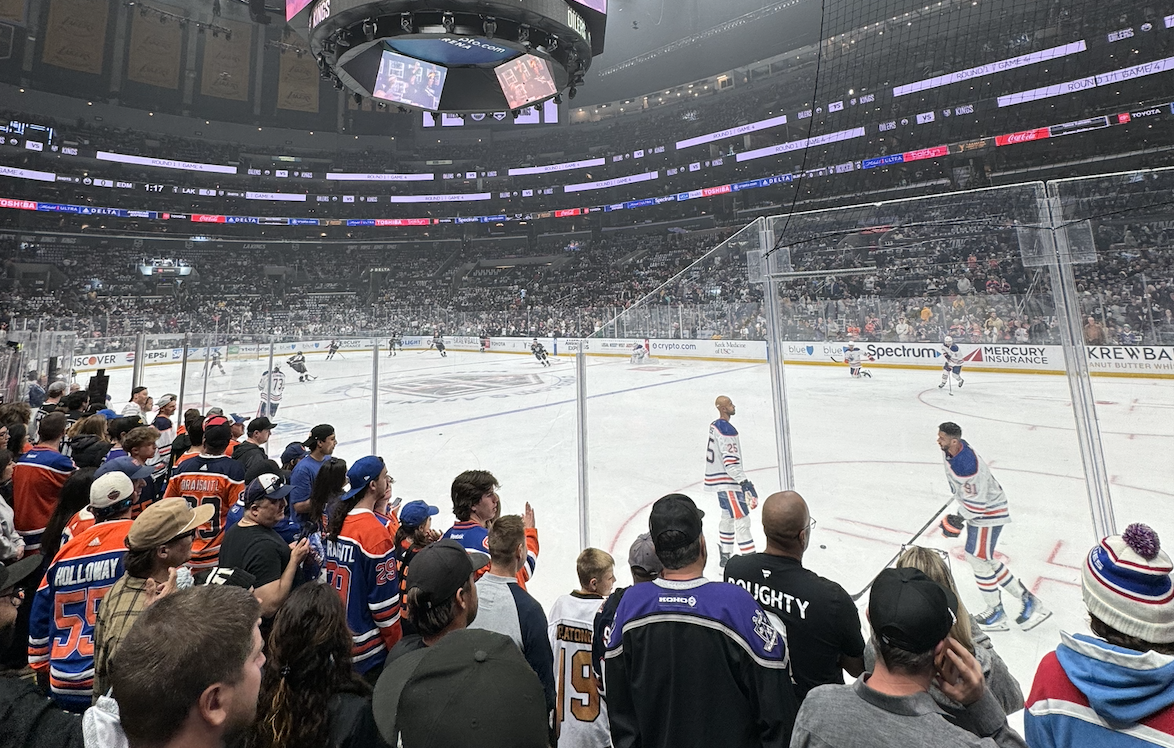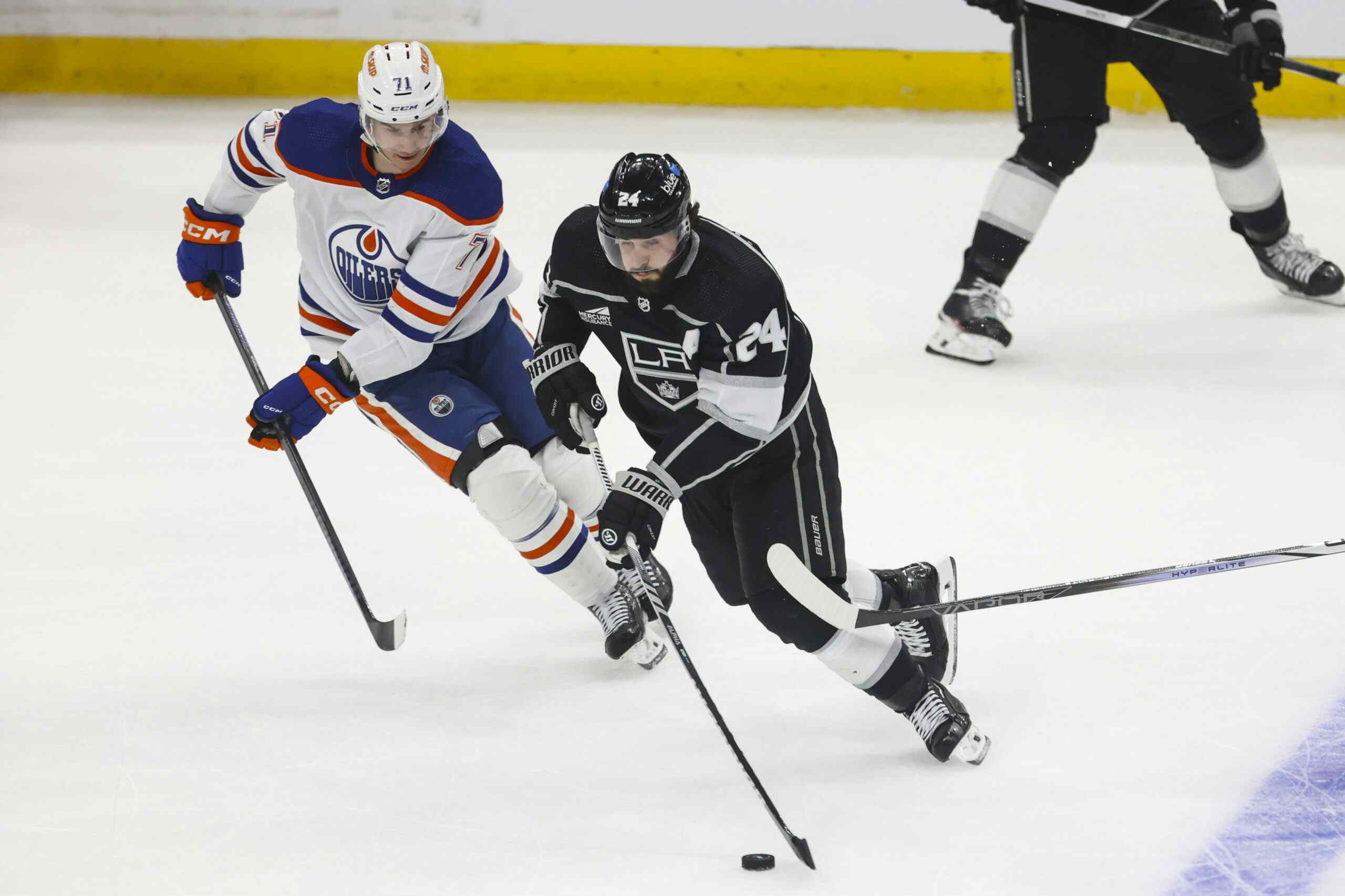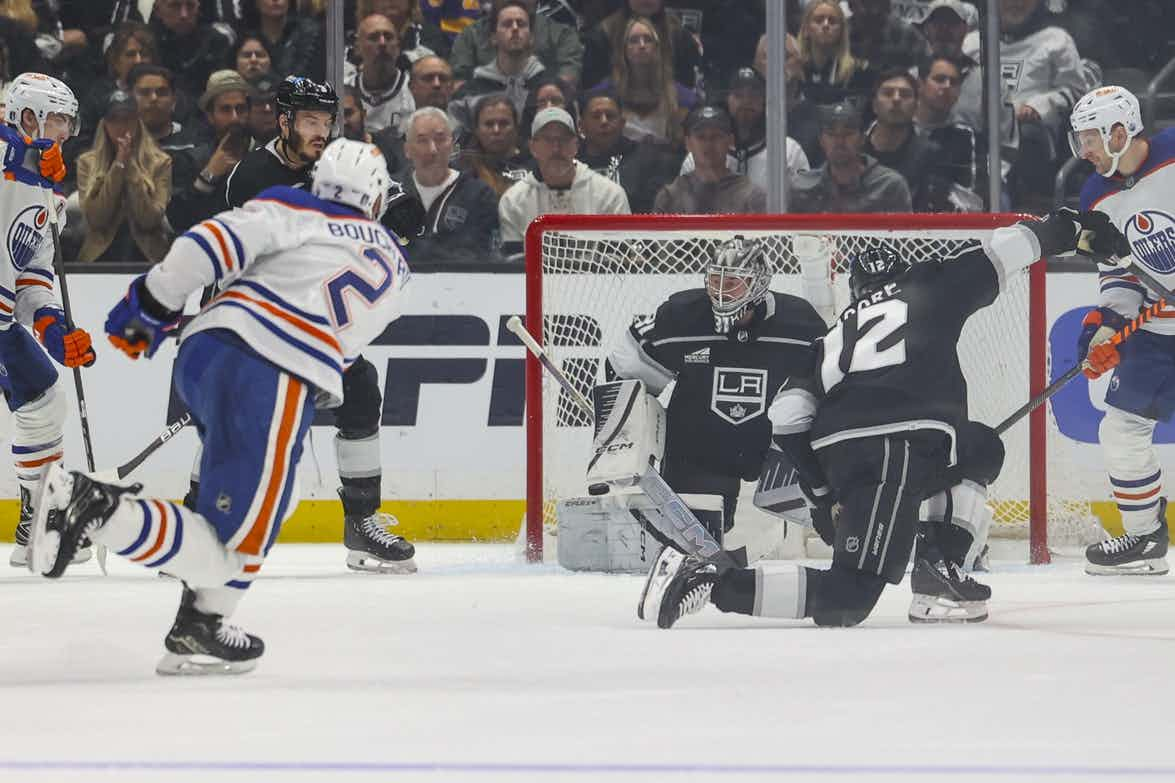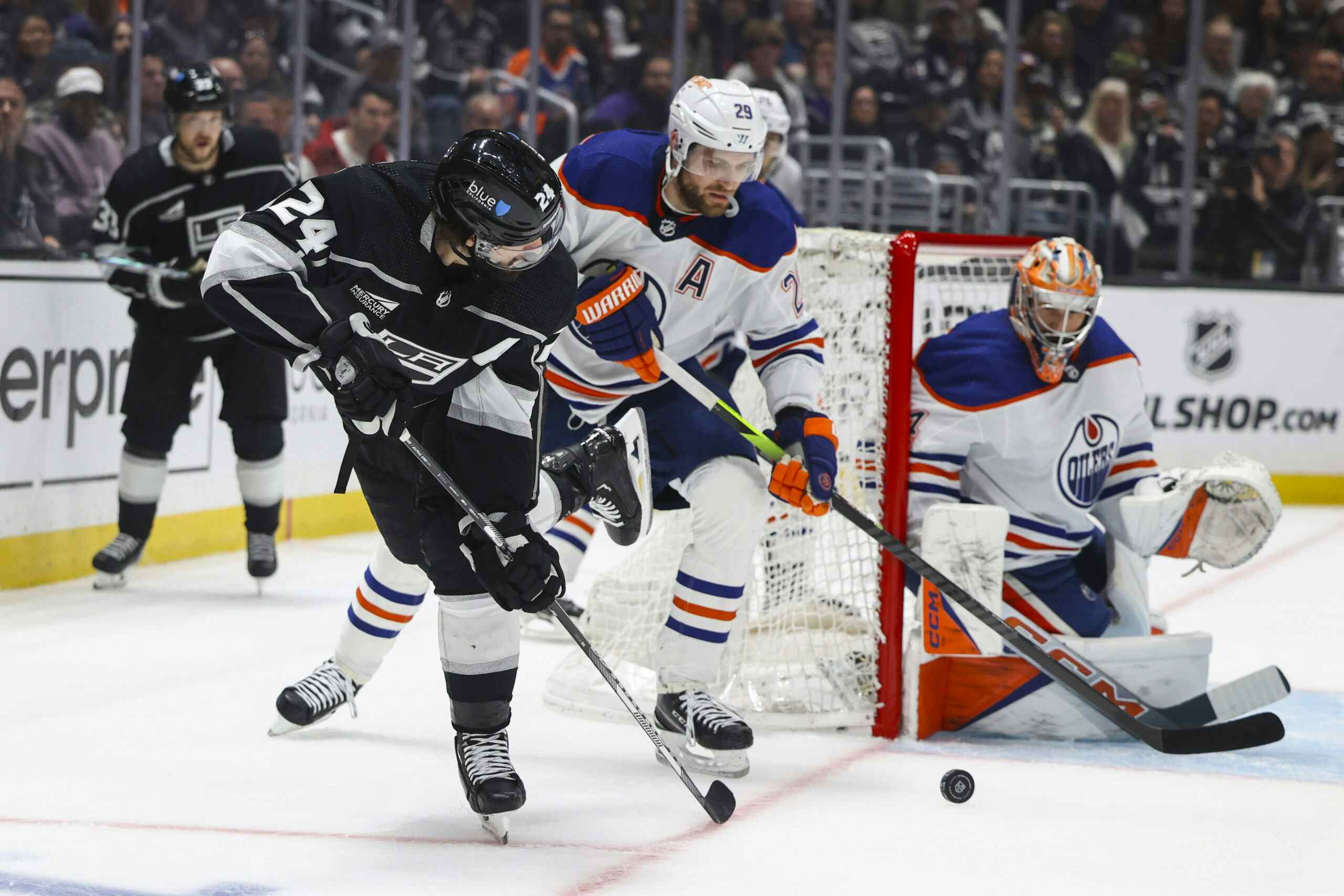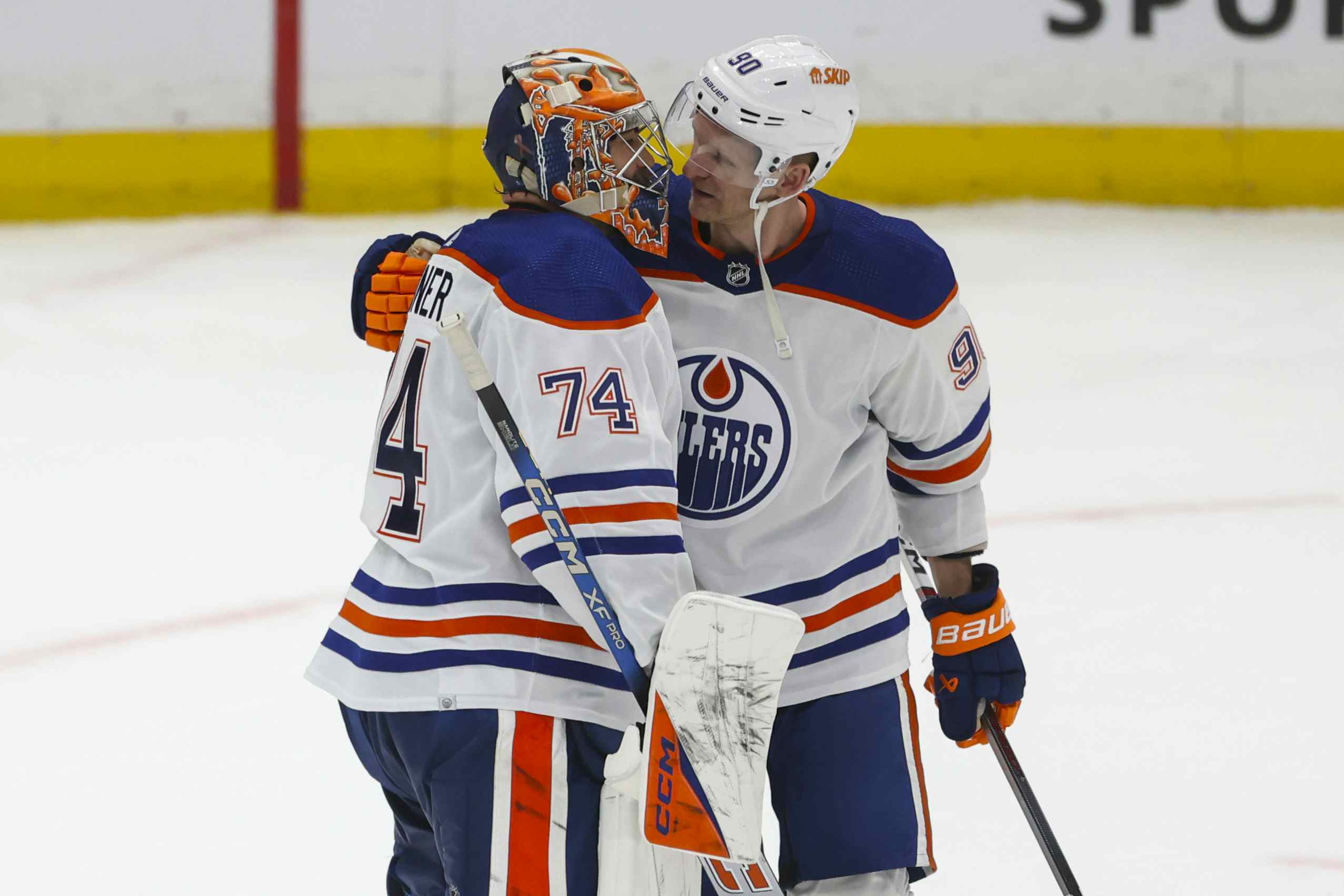Andrej Sekera is the indispensable everyman on an inexperienced Oilers blue line
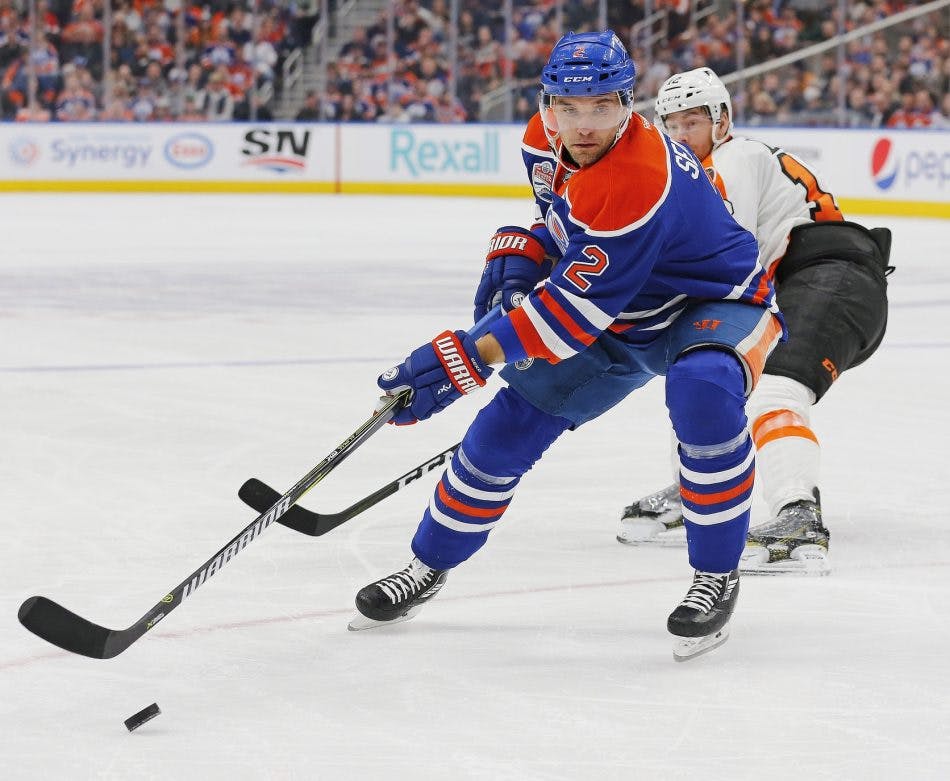
2016-17 Edmonton Oilers: No. 2 LD Andrej Sekera
Andrej Sekera played to mixed reviews in his first season with the Edmonton Oilers, but in 2016-17 he was one player that seemingly everyone agreed brought real value to the team. His ability to play in any situation at even-strength or on special teams, to provide value with and without the puck and complement any kind of partner made him exactly the kind of veteran presence every team needs on its blue line.

That is almost exactly the player that GM Peter Chiarelli said Sekera would be when Edmonton signed him in the summer of 2015:
He’s a real versatile D. Very strong. He could play in our top pair if need be. You’d like to spread it out so he could be a lynchpin in the second pair. Plays both sides. Played most of the year on the left but when he was traded he went to his right. Plays first or second power play, probably natural on the second pair. Lot of options with him. He is a first-pairing defenceman, it’s a tool the coach has to put him in the first pair. Doesn’t mean he has to be in the first pair. With him it’s about versatility, he’s very strong, he’s just a solid player who has good sense with the puck, he can play a lot of positions, he can defend and he can push the puck.
I’ll take a moment here to point to the one thing Chiarelli was wrong about, which was Sekera’s ability to play his off-side. Prior to his arrival in Edmonton, Sekera had a long history of being more successful with right-shot partners than with left-shot partners. I don’t think it’s a stretch to say that a lot of the criticism of Sekera in 2015-16 was a direct result of him playing on the right side of a pairing with Darnell Nurse.
The Oilers learned from that mistake, though. This year, when Sekera was paired with fellow lefty Kris Russell, it was Russell who moved to his off-side.
Otherwise, Chiarelli’s assessment looks really good and reflects Sekera’s usage this year. He averaged 2:11 per game on the power play, starting on the first unit before ceding that role to Oscar Klefbom. Both defencemen were among the NHL’s top 30 rearguards in terms of points/hour on the man advantage.
Sekera also averaged two minutes per game on the penalty kill, making him the only Oilers defender to play at least two minutes per night on both special teams. He and Russell were on the ice for the fewest shots and fewest goals against of regular penalty kill defenders in Edmonton, while mostly drawing first unit opponents. The PK is one of those places where experience seems to really matter, and Sekera was a rock.
Even-strength is where things get a little more interesting. Sekera played mostly with Russell and rookie Matt Benning, though he also snuck in a little over an hour on a pairing with Adam Larsson. His on-ice results are worth breaking down by those partners:

I don’t really want to get into the Russell debate here; there’s going to be enough of that when we look at his season shortly. For those who believe that Russell has real and massive save percentage-boosting abilities, the goal count for that pairing looks good. For those who rely on the shot metrics, Sekera’s other partners make it clear that he’s capable of being part of a positive puck possession pairing.
Sekera worked well with Benning, and was arguably part of the reason Benning looked so good as a rookie defenceman. That pairing did play softer minutes than the others on this list but provided value.
The really interesting combo to me is Sekera/Larsson, which played absolutely brutal minutes in its brief time as a unit. Klefbom/Larsson had good chemistry this year, but with Klefbom emerging as an offensive threat, it’s possible that Edmonton might want to move him off the shutdown pairing and into a more general minutes role that allows him to really explore his scoring ability. If so, Sekera/Larsson could be formidable in a purely defensive role.
At some point, Sekera’s $5.5 million contract may become an issue, but then again it may not. He turns 31 in the summer and has four years left on that deal. His skills will likely erode to some degree, but his actual salary in the final two seasons is just $4.5 million and the deal will end before he turns 35. In the meantime, he’s an indispensable everyman on an Oilers defence that still leans toward inexperience.
Bottom line: Some players are worth paying real money. Sekera, a low-maintenance veteran who fits with any partner and in any situation, is one of them. He should be the cornerstone of the Oilers’ second pairing for the foreseeable future.
Previous year-end reviews:
Recent articles from Jonathan Willis

